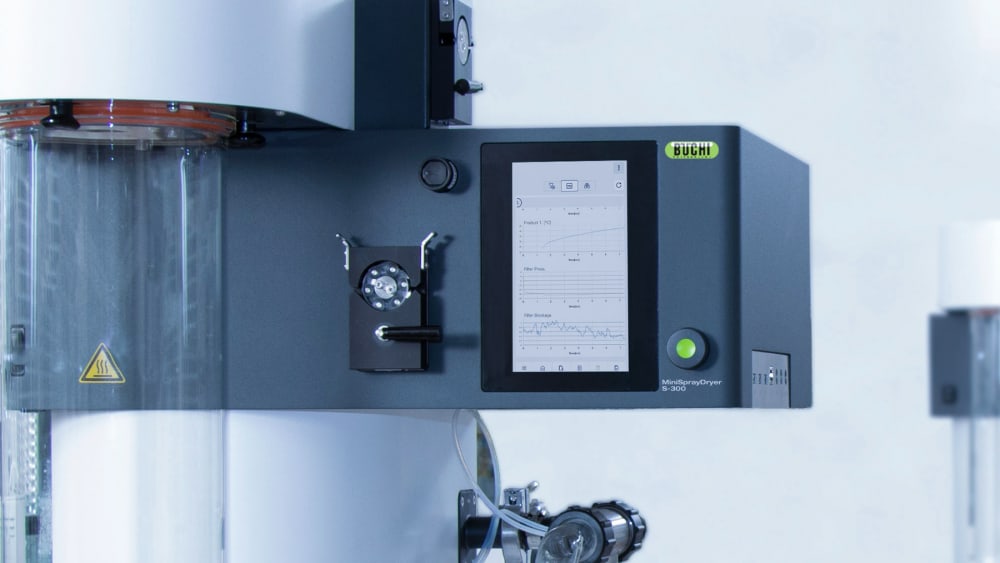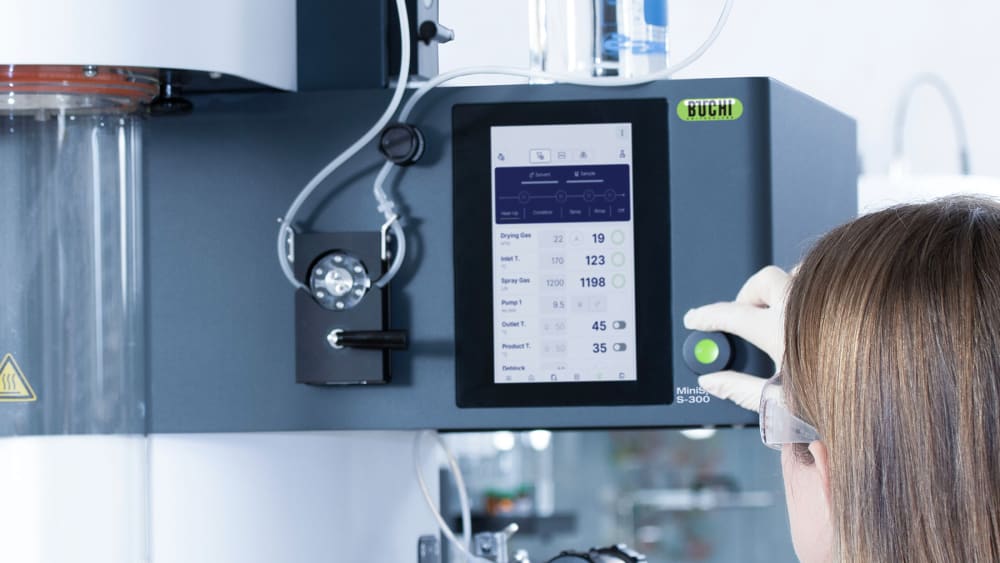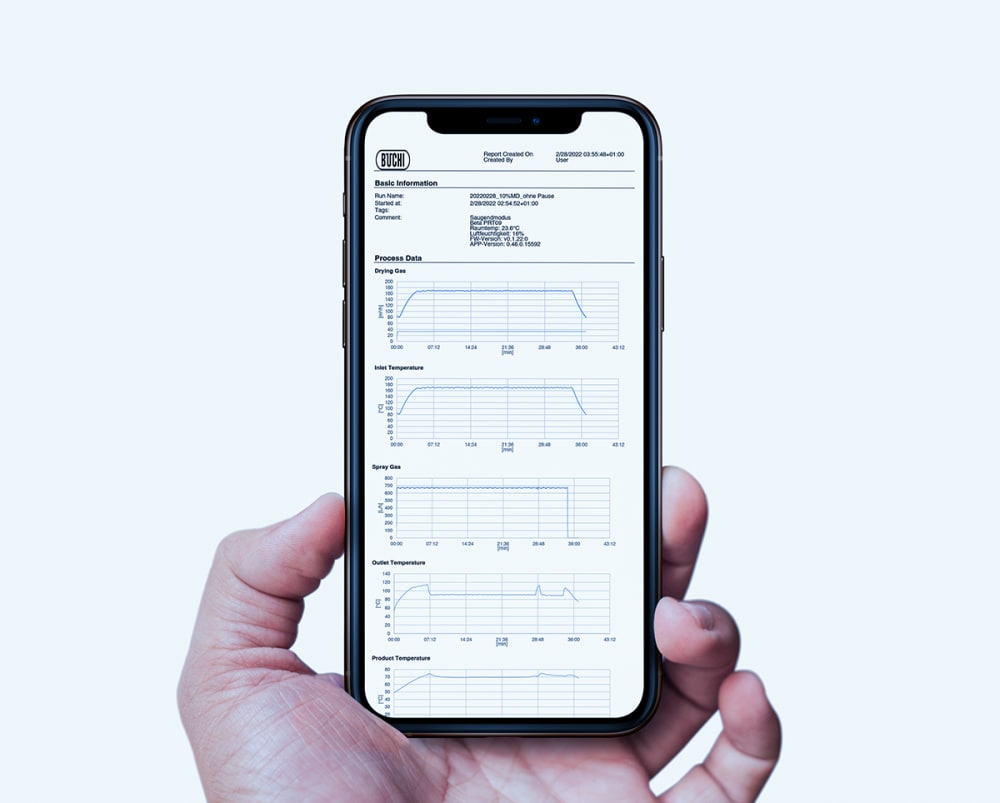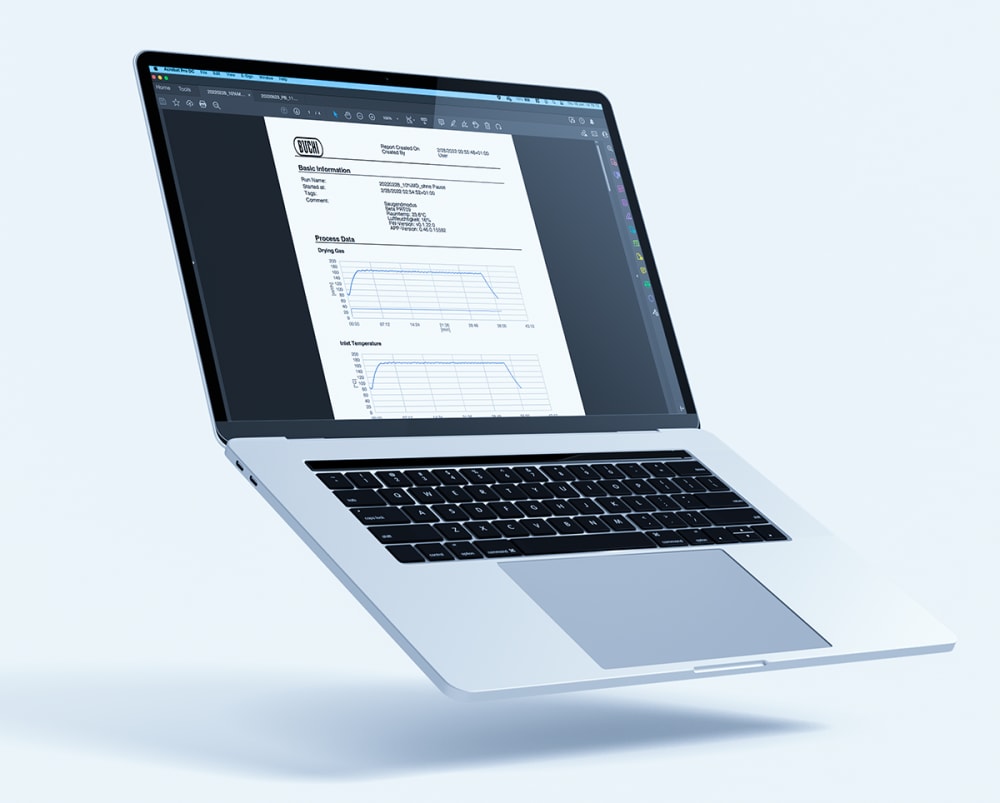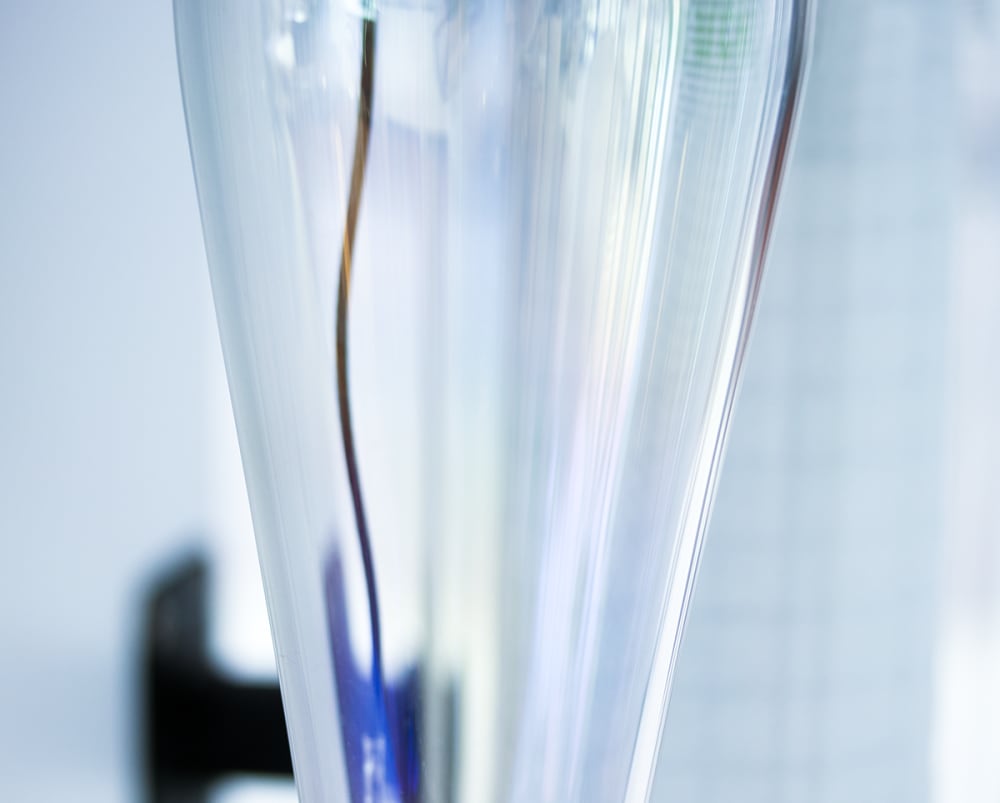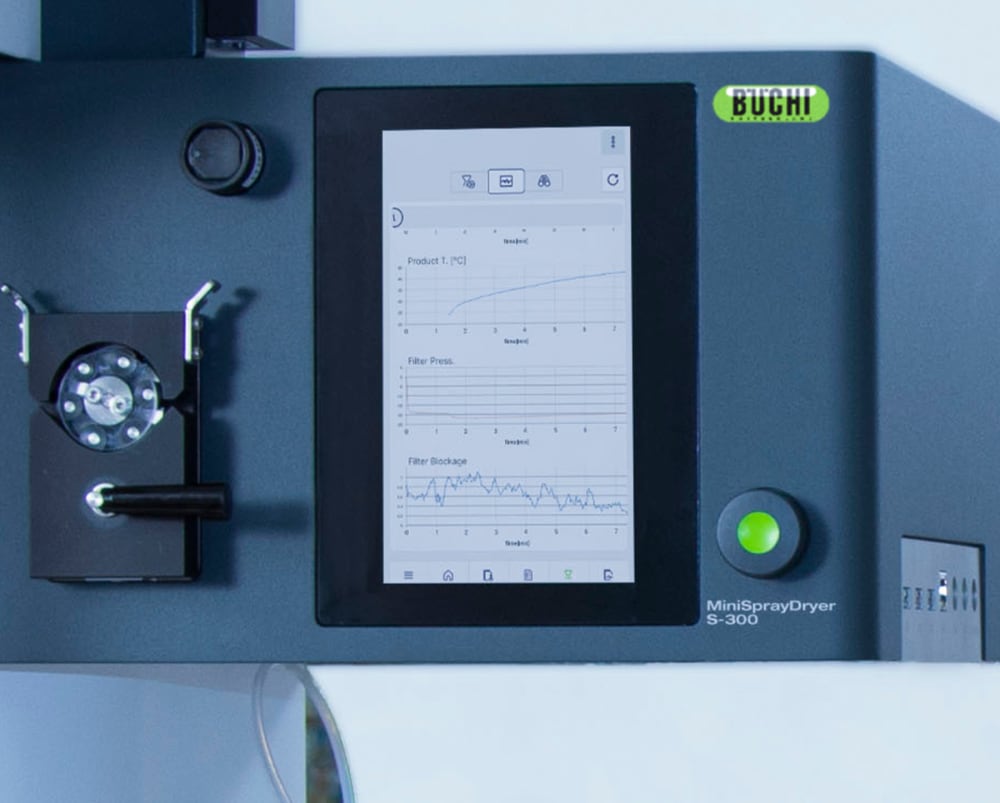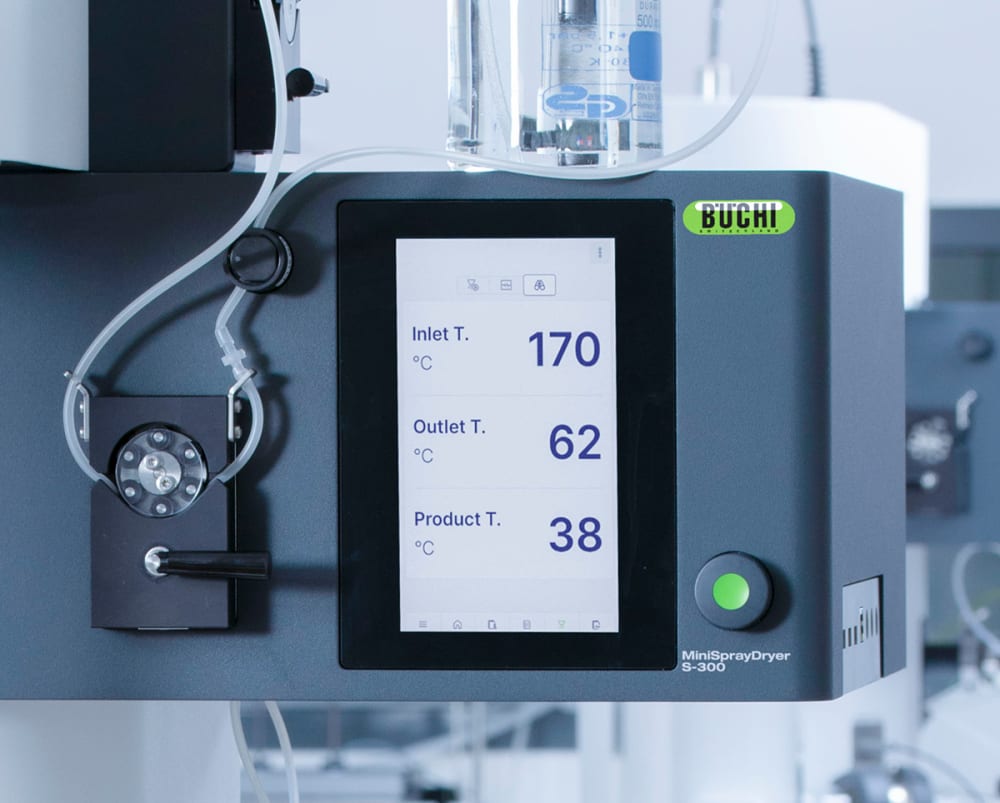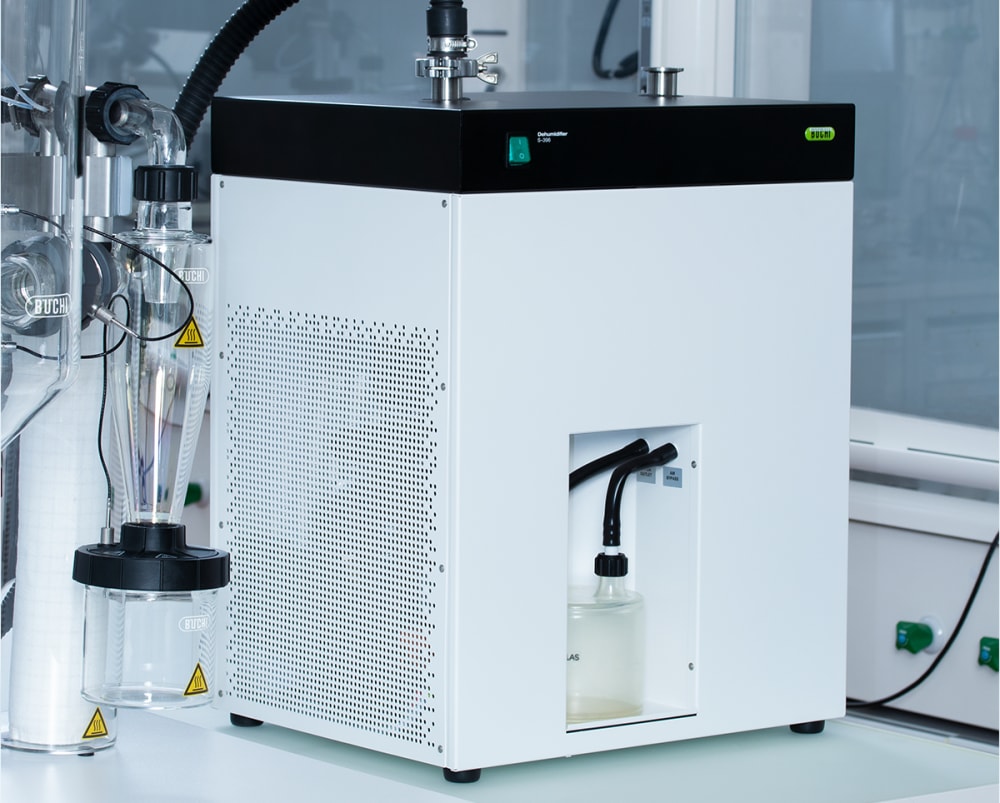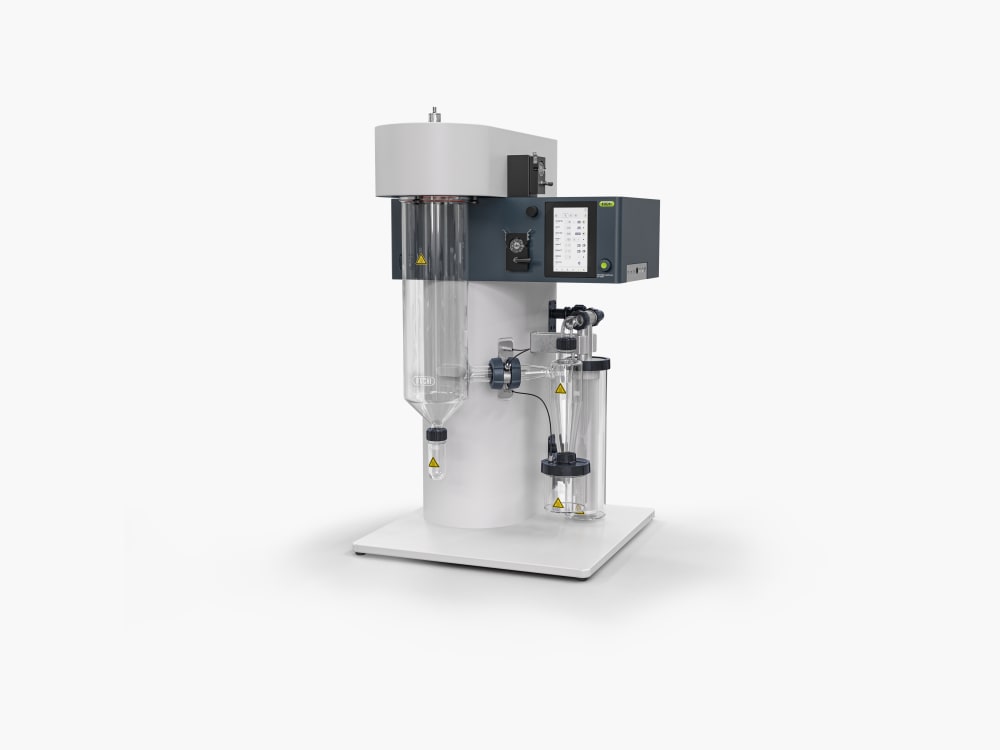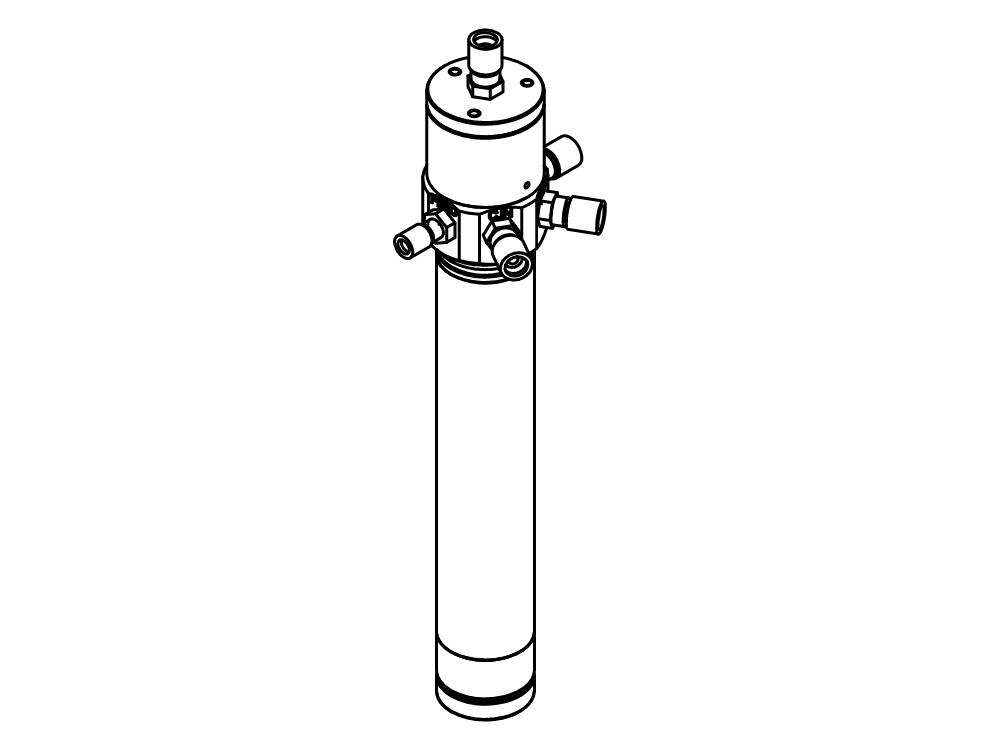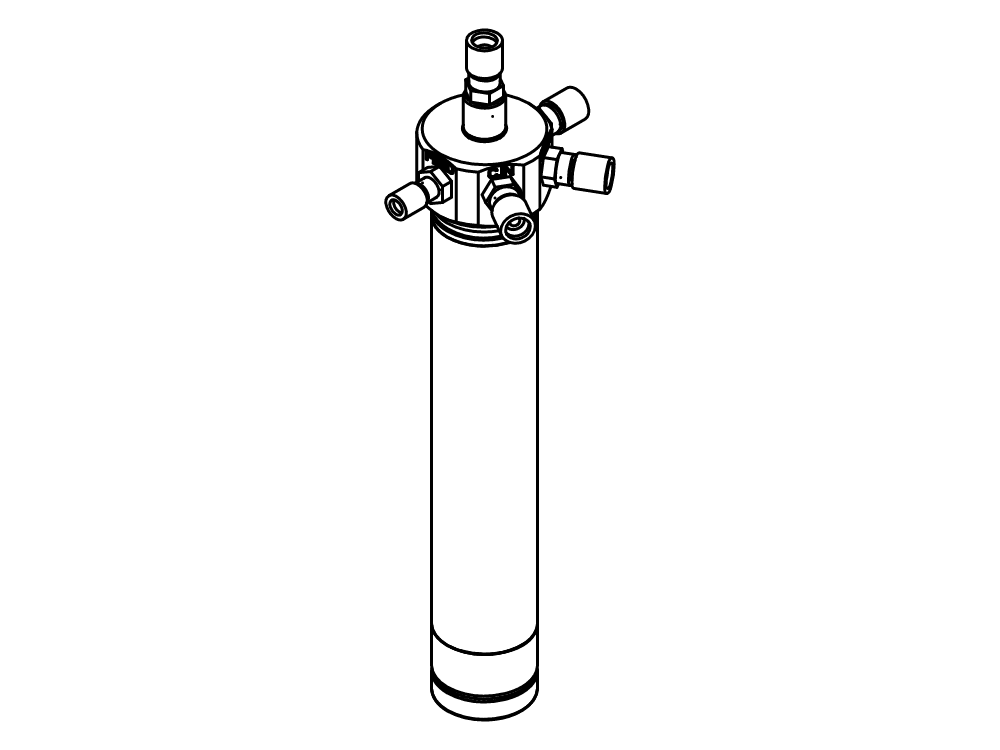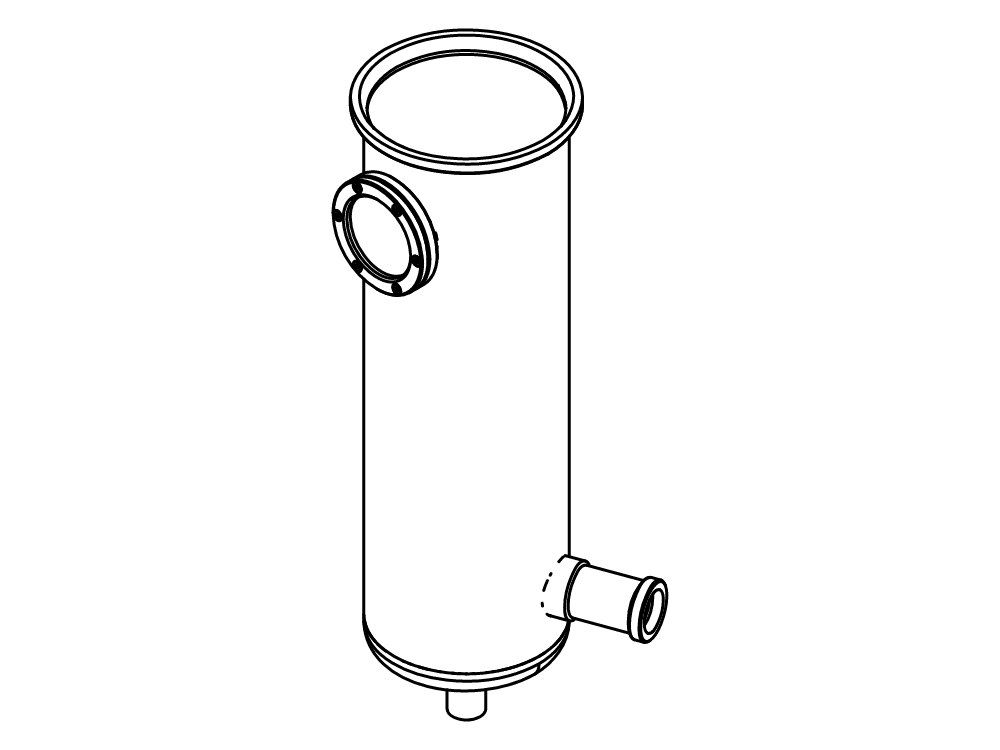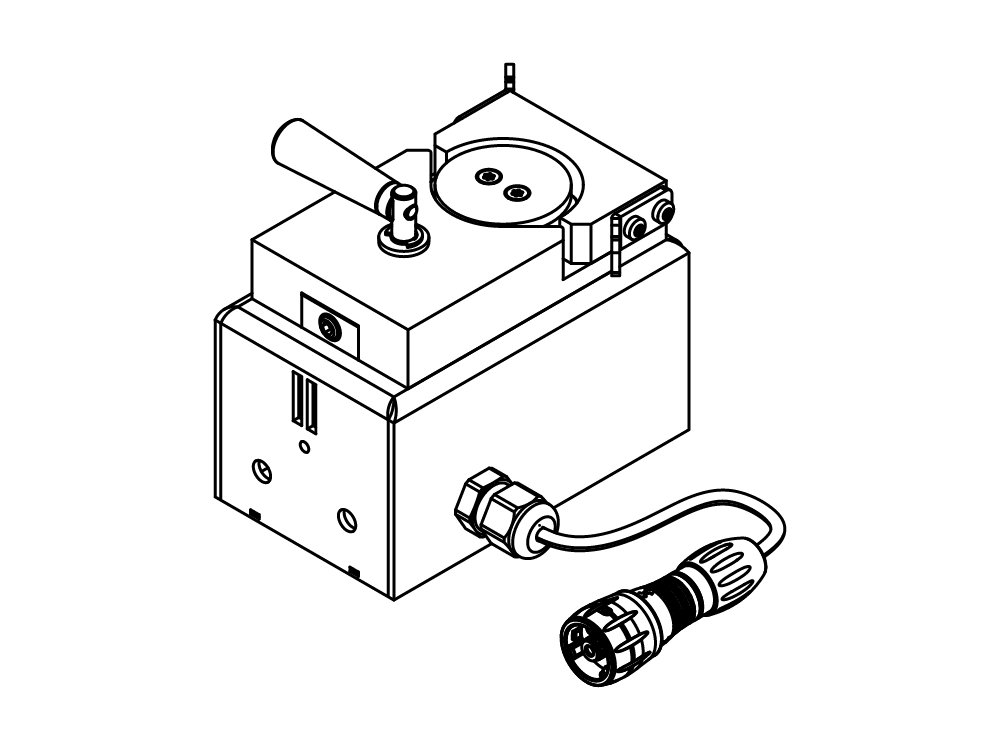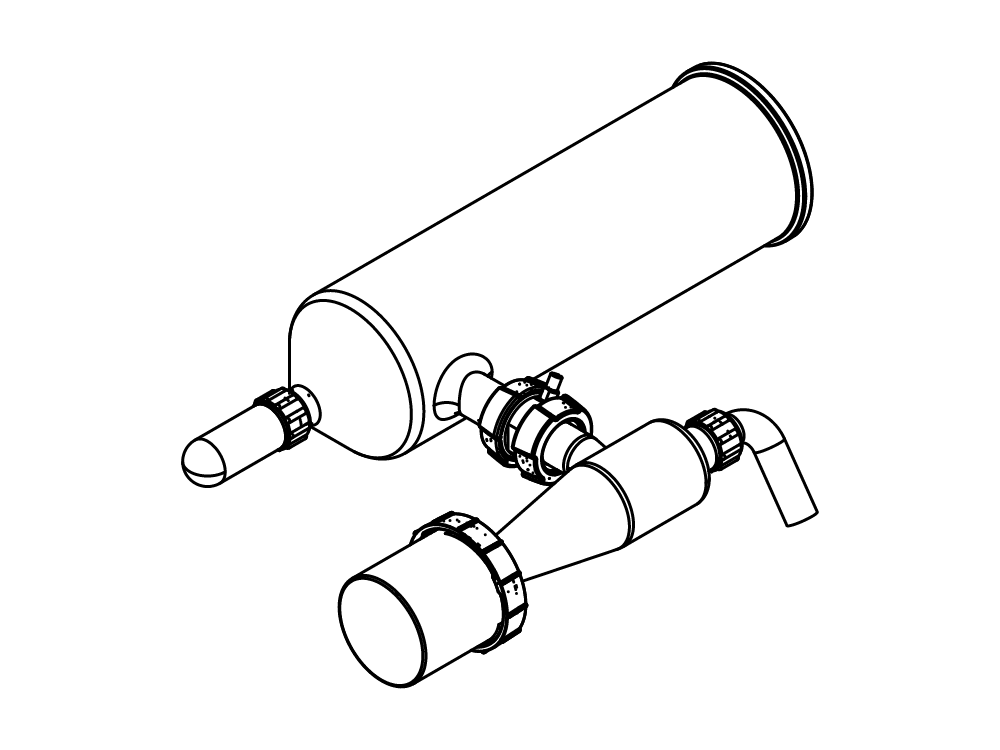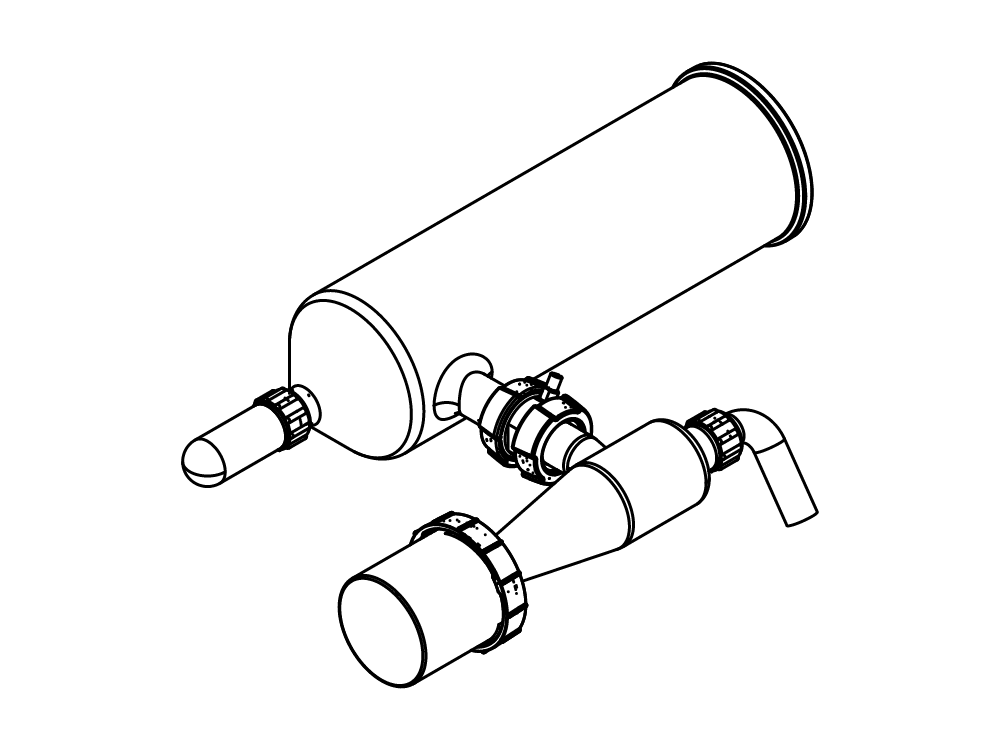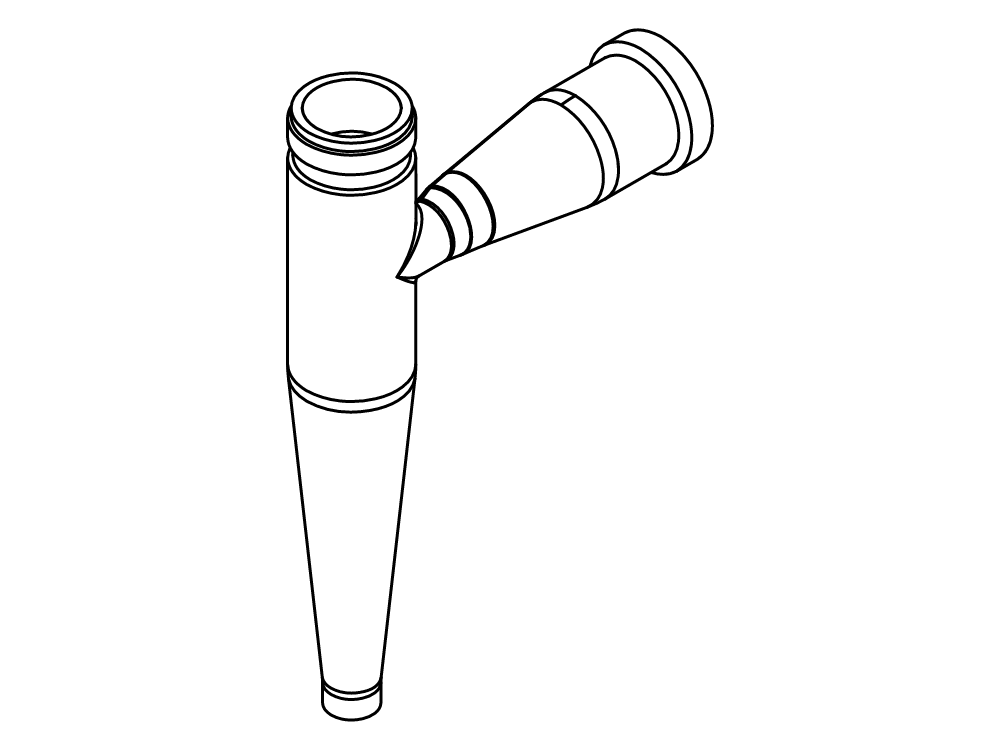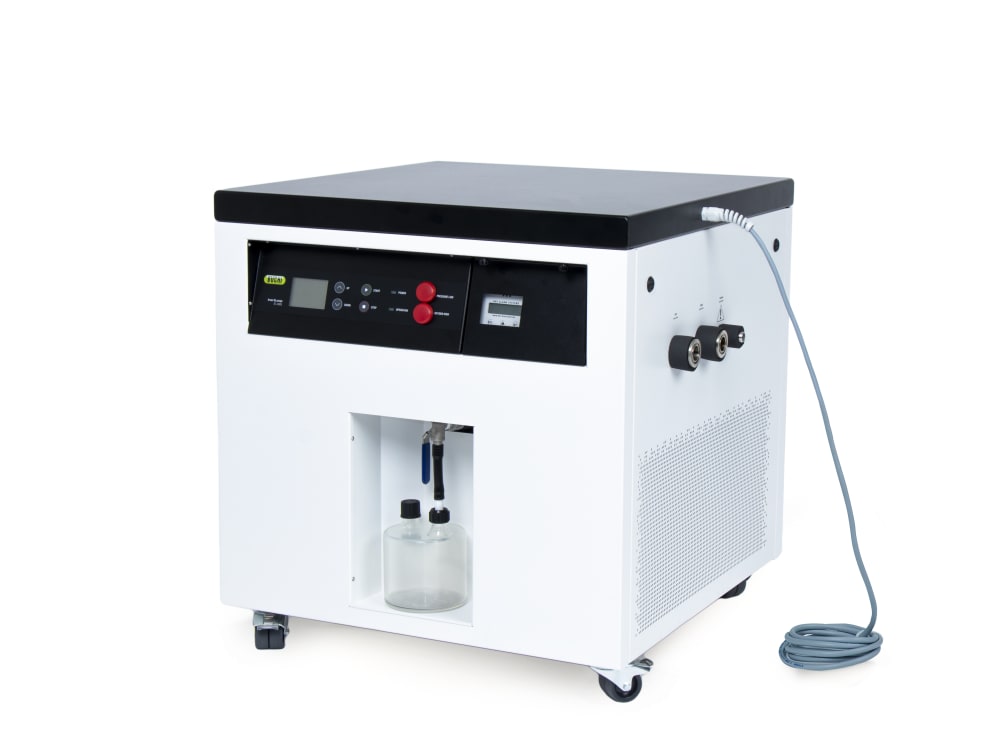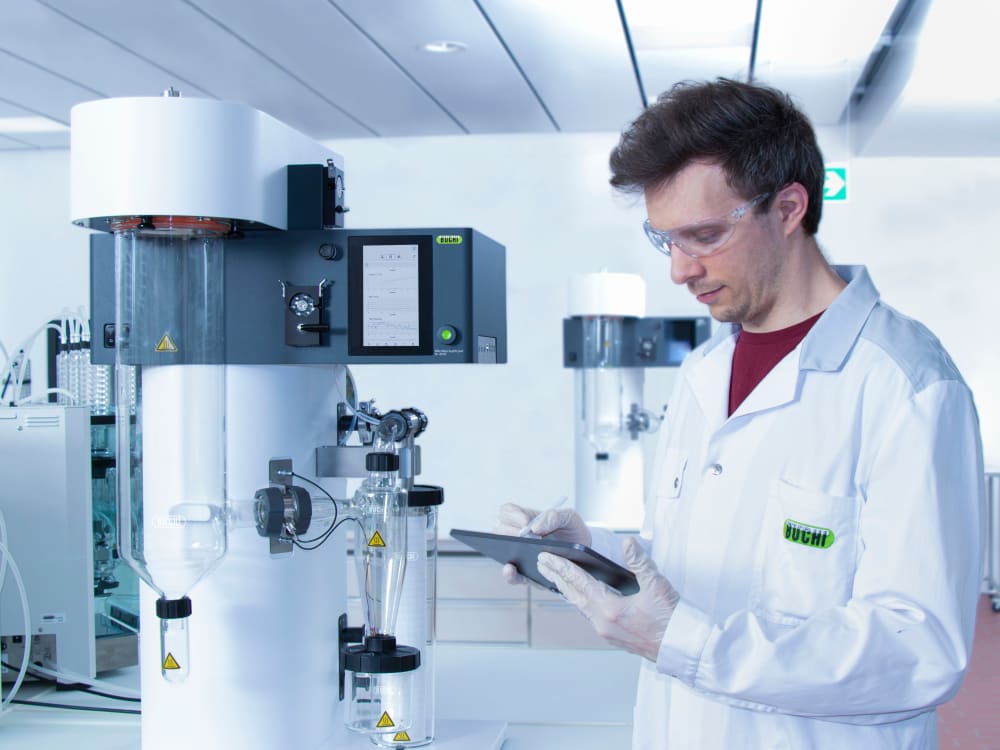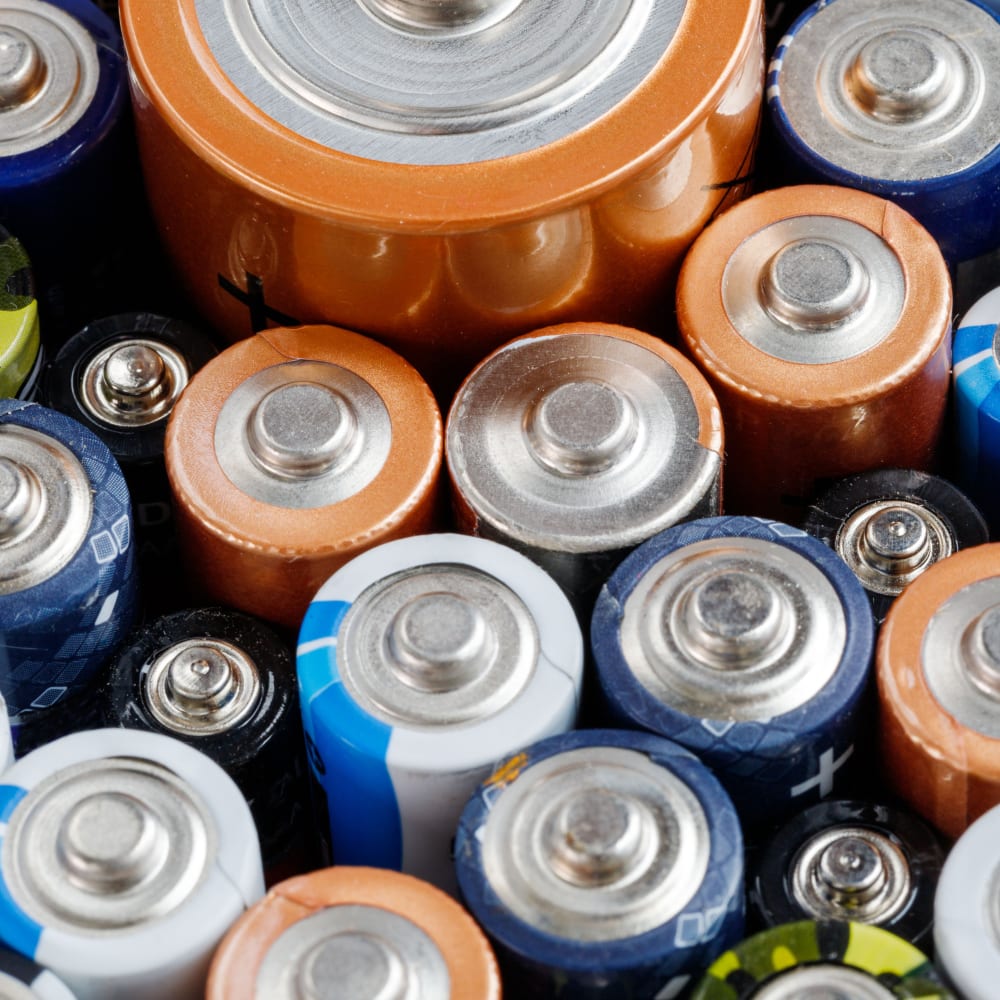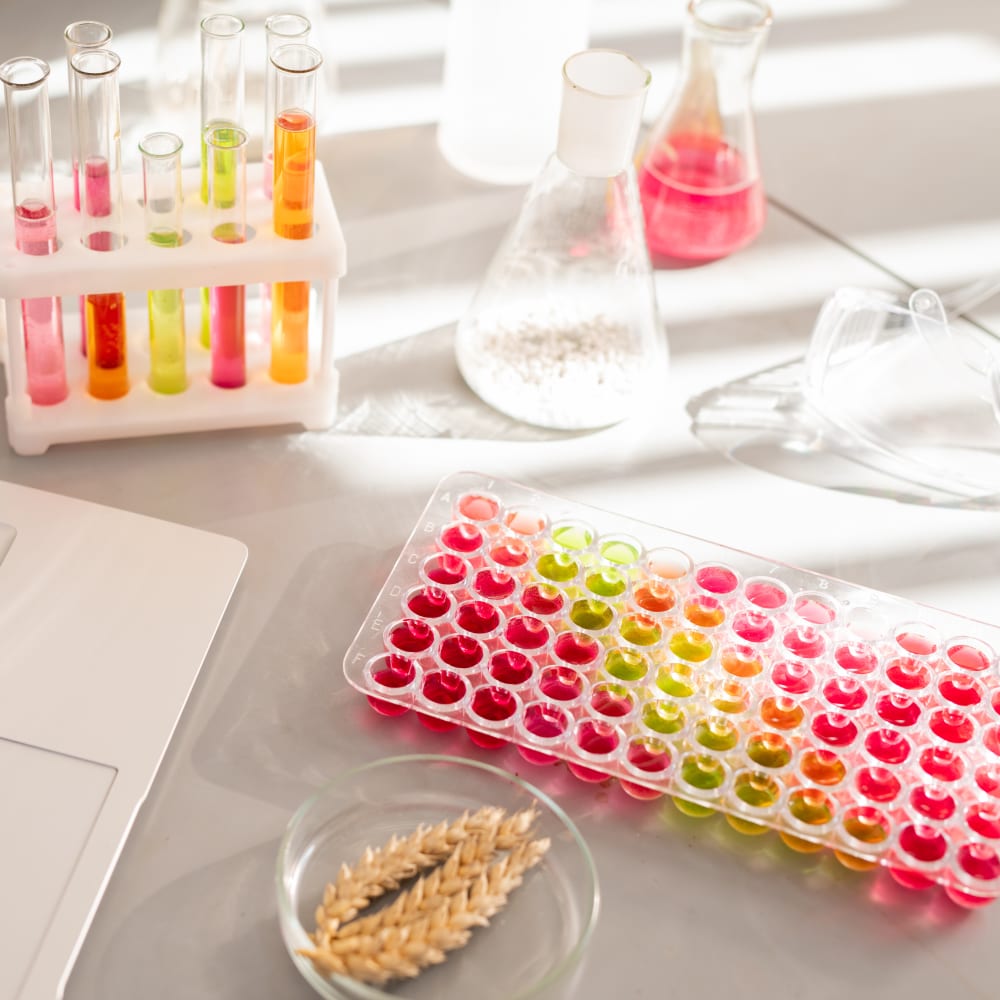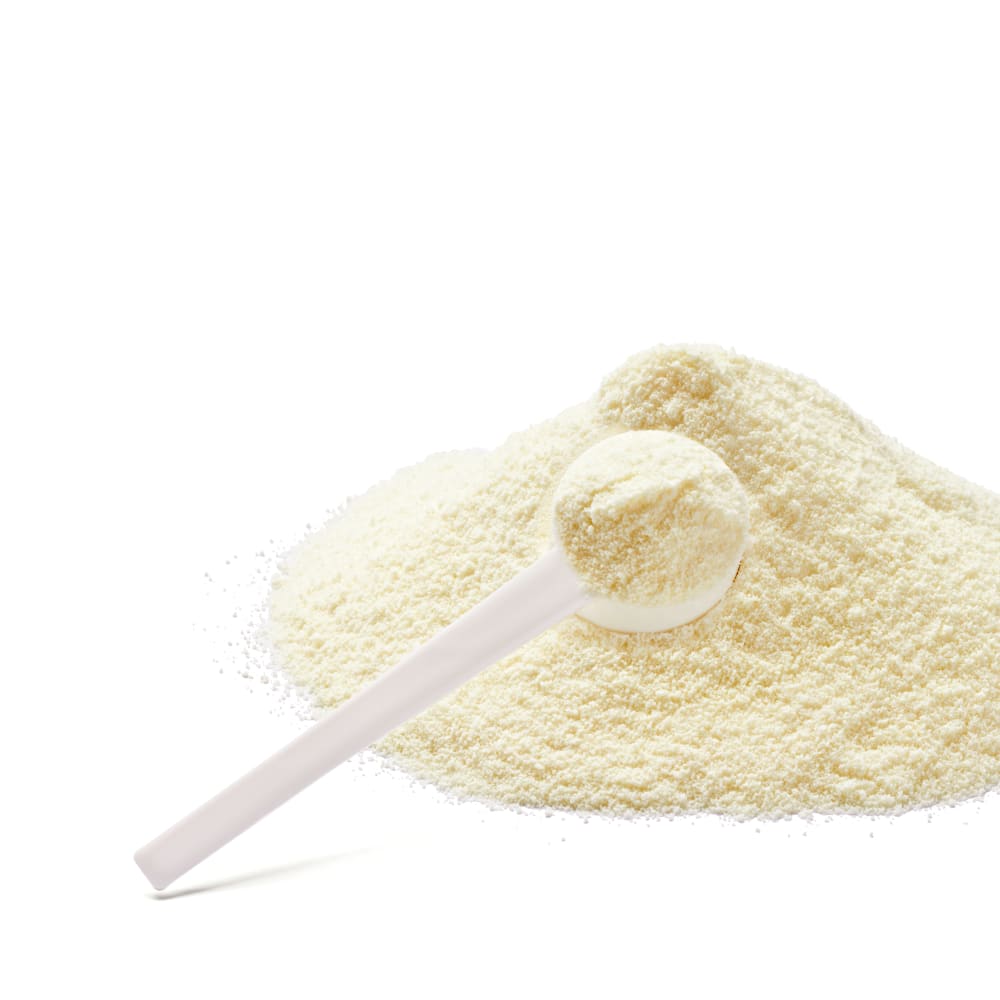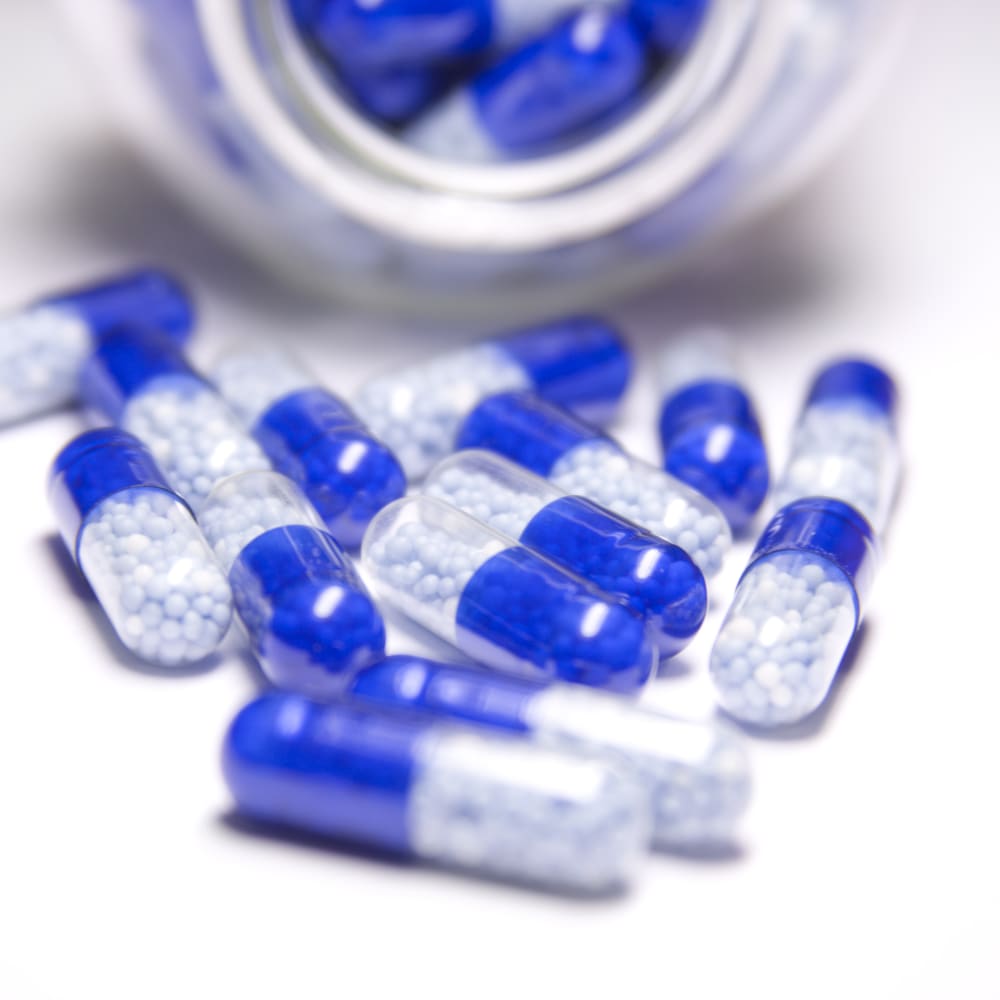Распылительная сушилка Mini Spray Dryer S-300
Лабораторная распылительная сушилка следующего поколения
С выпуском распылительной сушилки Mini Spray Dryer S-300 компания BUCHI укрепляет свои позиции глобального лидера с более чем 40-летним опытом работы на рынке. Лабораторная распылительная сушилка сочетает первоклассный дизайн с уникальными характеристиками, помогая пользователю без труда добиваться превосходных результатов.

Особенности
- Контролировать и отслеживать работу распылительной сушилки Mini Spray Dryer S-300 можно в любое время и из любого места. Приложение на мобильном устройстве или компьютере позволяет получить полный доступ к пользовательскому интерфейсу лабораторной распылительной сушилки. Возможность удаленного управления обеспечит гибкое планирование времени работы и быстрое реагирование на изменения в процессе сушки.
- За более чем 40 лет исследований в области лабораторной распылительной сушки компании BUCHI удалось разработать передовые решения для любых задач. Вы можете найти наиболее подходящие для вас решения в тысячах научных публикаций, в которых использовались распылительные сушилки BUCHI, или изучить нашу собственную онлайн базу по применению. На распылительной сушилке Mini Spray Dryer S-300 вы легко сможете воспроизвести результаты, полученные на предыдущих моделях, не потеряв своих прошлых наработок благодаря легкому переносу методов.
- Автоматический режим позволяет запрограммировать распылительную сушилку Mini Spray Dryer S-300 Advanced и работать с вашими методами автоматически. Лабораторная распылительная сушилка выходит на температурный режим, регулирует температуру на выходе, распыляет чистый растворитель, образец и снова чистый растворитель и отключается по завершении метода. Автоматический режим повышает эффективность работы, особенно при выполнении повторяющихся задач.
- Циклон обладает электропроводящим покрытием, снижающим способность образца прилипать к стенкам, что позволяет сократить потери образца во время лабораторной распылительной сушки.
- Чтобы тратить меньше времени и сил, вы можете сохранить циклы в качестве методов и выполнять их повторно. Кроме того, для удобства вы можете запрограммировать распылительную сушилку Mini Spray Dryer S-300 на выполнение очереди образцов один за другим.
- Все циклы, которые вы будете выполнять на распылительной сушилке Mini Spray Dryer S-300, записываются и сохраняются на приборе. Нажатием лишь одной кнопки вы можете без труда создать отчет в виде файла PDF или .csv со всеми данными о процессе.
- Чтобы у вас было больше информации о тепловом воздействии на образец, распылительная сушилка Mini Spray Dryer S-300 позволяет отслеживать как температуру на выходе, так и температуру готового продукта. Эти данные помогут защитить ваши образцы, особенно при распылительной сушке образцов, чувствительных к нагреванию.
- Все параметры распылительной сушилки Mini Spray Dryer S-300, среди которых потоки распылительного и осушающего газов и скорость насоса, отображаются в значениях системы единиц СИ и автоматически регулируются системой. Эти преимущества обеспечивают воспроизводимость процесса.
- В сочетании с инертным контуром S-395, распылительная сушилка Mini Spray Dryer S-300 создаст все условия для безопасной работы с образцами, содержащими органические растворители. При работе в этом режиме осушающий газ, азот, циркулирует по замкнутому контуру, а растворитель улавливается в виде конденсата. Для вашей безопасности система непрерывно отслеживает уровень кислорода и потоки газов.
Compare the Распылительная сушилка Mini Spray Dryer S-300
Сопутствующие части и аксессуары
Скачать
- Technical Data Sheet Mini Spray Dryer S-300(pdf)
- Product Brochure Mini Spray Dryer S-300 en(pdf)
- Product Brochure Pharma and Chemistry en(pdf)
- Operation Manual Mini Spray Dryer S-300 en(pdf)
- Installation Manual Mini Spray Dryer S-300 in closed mode with Inert Loop(pdf)
- Installation Manual Mini Spray Dryer S-300 in closed mode with Dehumidifier and Inert Loop(pdf)
- Installation Manual Mini Spray Dryer S-300 in open suction mode(pdf)
- Installation Manual Mini Spray Dryer S-300 in open pressure mode(pdf)
- Configuration guide S-300(pdf)
- Pre-Installation Checklist Mini Spray Dryer S-300(pdf)
Сопутствующие приборы
Сопутствующие курсы и тренинги
Методики
Непревзойденная гибкость для полного спектра задач
Batteries
Laboratory-scale spray drying is a valuable technique in battery research for the fabrication of electrode materials. It enables precise control over particle size and morphology, resulting in electrodes with optimized electrochemical performance. Spray drying allows for the production of fine and uniform particles, contributing to the development of high-performance batteries. This method facilitates the development of electrode materials with enhanced properties, such as improved conductivity and electrochemical stability. By employing laboratory-scale spray drying in battery research, scientists can advance energy storage technologies and develop more efficient and reliable batteries for various applications.
Biotech
Applications: Cells, bacteria and protein encapsulation, cell transplantation, biotransformation Methods: Drying, encapsulation of liquids, Encapsulation of solids, Micronization, Cell encapsulation Instruments used: Mini Spray Dryer S-300, Nano Spray Dryer B-90, Encapsulator B-390 / B-395, Lyovapor L-200 / L-300
Chemicals / Materials
Laboratory-scale spray drying is a versatile and efficient method for producing a wide range of materials in the chemicals and materials science field. In recent years, notable trends have emerged, including the application of spray drying for nano materials, paints and coatings, and catalysts. One trend is the use of laboratory-scale spray drying in the synthesis of nano materials. This technique enables the production of nanoparticles and nanostructured materials with controlled size, morphology, and composition. By tailoring these properties, researchers can develop advanced materials with improved mechanical strength, enhanced conductivity, and tailored surface functionalities. Spray drying also finds application in the production of paints and coatings. By producing fine and uniform particles, spray drying contributes to the desired properties of coatings, such as improved color, durability, and film formation. This trend leads to the development of high-quality coatings with enhanced performance and functionality. Furthermore, laboratory-scale spray drying plays a role in the development of catalysts. By controlling particle size, composition, and surface area, spray drying allows for the design and optimization of catalysts for efficient chemical transformations and environmental applications. In summary, laboratory-scale spray drying in the chemicals and materials science field is witnessing trends in nano materials, paints and coatings, and catalysts. These trends contribute to the development of advanced materials, high-performance coatings, and efficient catalysts, driving innovation in various industries.
Cosmetics
Applications: Cosmetics, fragrances Methods: Drying, encapsulation of liquids, Encapsulation of solids, Micronization Instruments used: Mini Spray Dryer S-300, Encapsulator B-390 / B-395, Lyovapor L-200 / L-300
Food
Applications: Encapsulation of additives, controlled release, nutraceuticals, functional foods, flavors, vitamins, proteins, probiotic bacteria, juice concentrate, milk powder Methods: Drying, encapsulation of liquids, Encapsulation of solids, Micronization Instruments used: Mini Spray Dryer S-300, Encapsulator B-390 / B-395, Lyovapor L-200 / L-300
Pharma
Laboratory-scale spray drying is a vital process in the pharmaceutical industry, used for the formulation and development of various drugs and medications. It involves converting liquid solutions or suspensions into dry powders through atomization and rapid evaporation. This technique offers several benefits, including improved stability, enhanced bioavailability, and ease of handling. In recent years, several notable trends have emerged in laboratory-scale spray drying within the pharmaceutical sector. One significant trend is the use of spray drying for the production of solid dispersions. Solid dispersions are formulations where the drug is dispersed in a solid matrix, enhancing its solubility and dissolution rate. Spray drying enables the preparation of solid dispersion powders with uniform drug distribution, leading to improved drug delivery and efficacy. Another trend is the development of inhalable drugs using spray drying. This technique allows for the production of dry powder formulations suitable for inhalation, facilitating targeted delivery to the respiratory system. Inhalable drugs offer advantages in the treatment of respiratory diseases, such as asthma and chronic obstructive pulmonary disease (COPD). Taste masking is another important application of laboratory-scale spray drying. By encapsulating drugs with unpleasant taste profiles in taste-masking particles, the palatability of oral formulations can be improved. Spray drying enables the encapsulation of drugs within taste-masking coatings, leading to better patient compliance, particularly for pediatric and geriatric populations. Furthermore, laboratory-scale spray drying is increasingly employed for the development of controlled-release formulations. By incorporating drugs into sustained-release matrices or encapsulating them within microspheres or nanoparticles, spray drying allows for the controlled release of drugs over an extended period. This enables optimized drug dosage regimens and improved patient convenience. In conclusion, laboratory-scale spray drying in the pharmaceutical area is witnessing several significant trends, including the production of solid dispersions, inhalable drugs, taste-masking formulations, and controlled-release systems. These trends contribute to the development of novel drug formulations with enhanced solubility, targeted delivery, improved patient compliance, and optimized drug release profiles.

